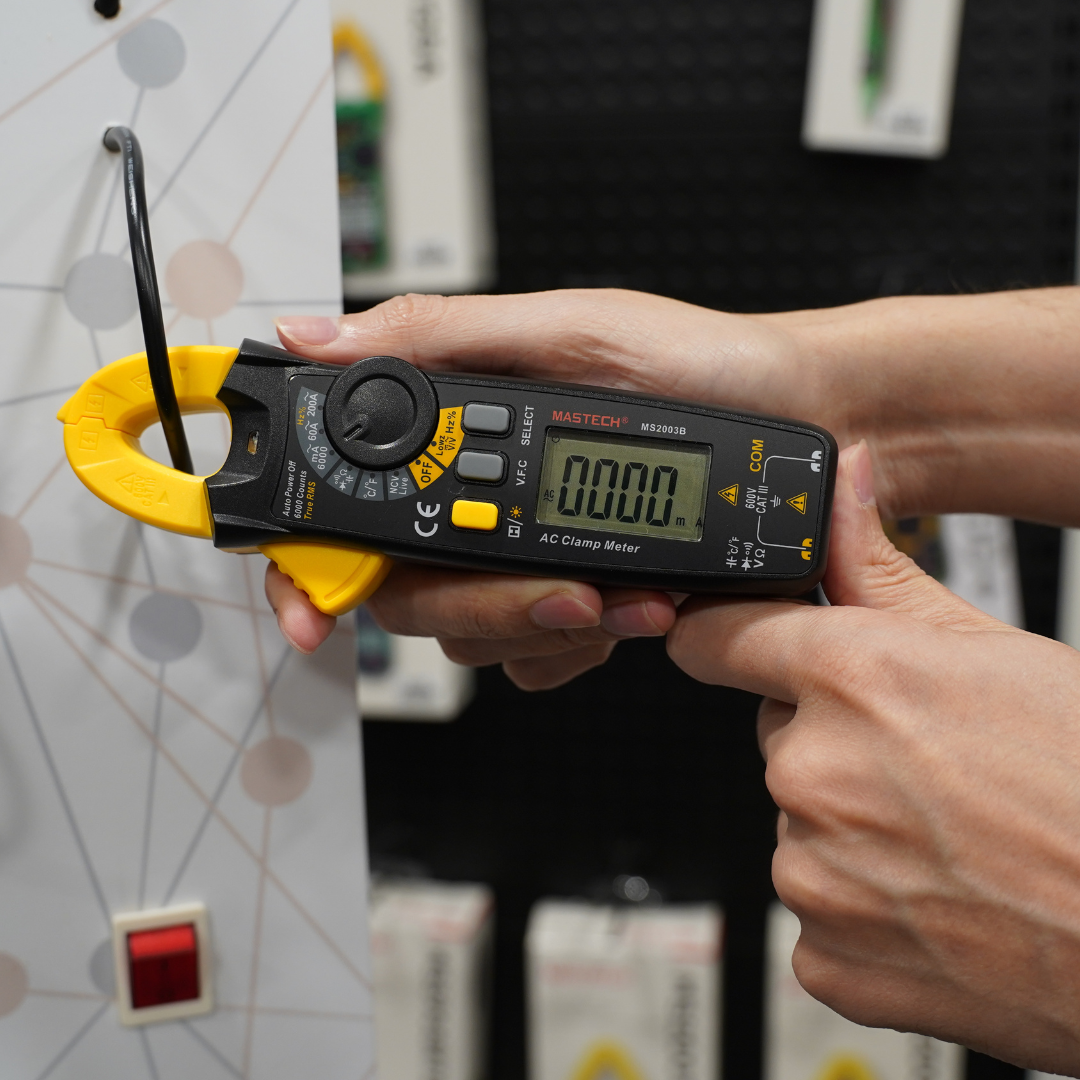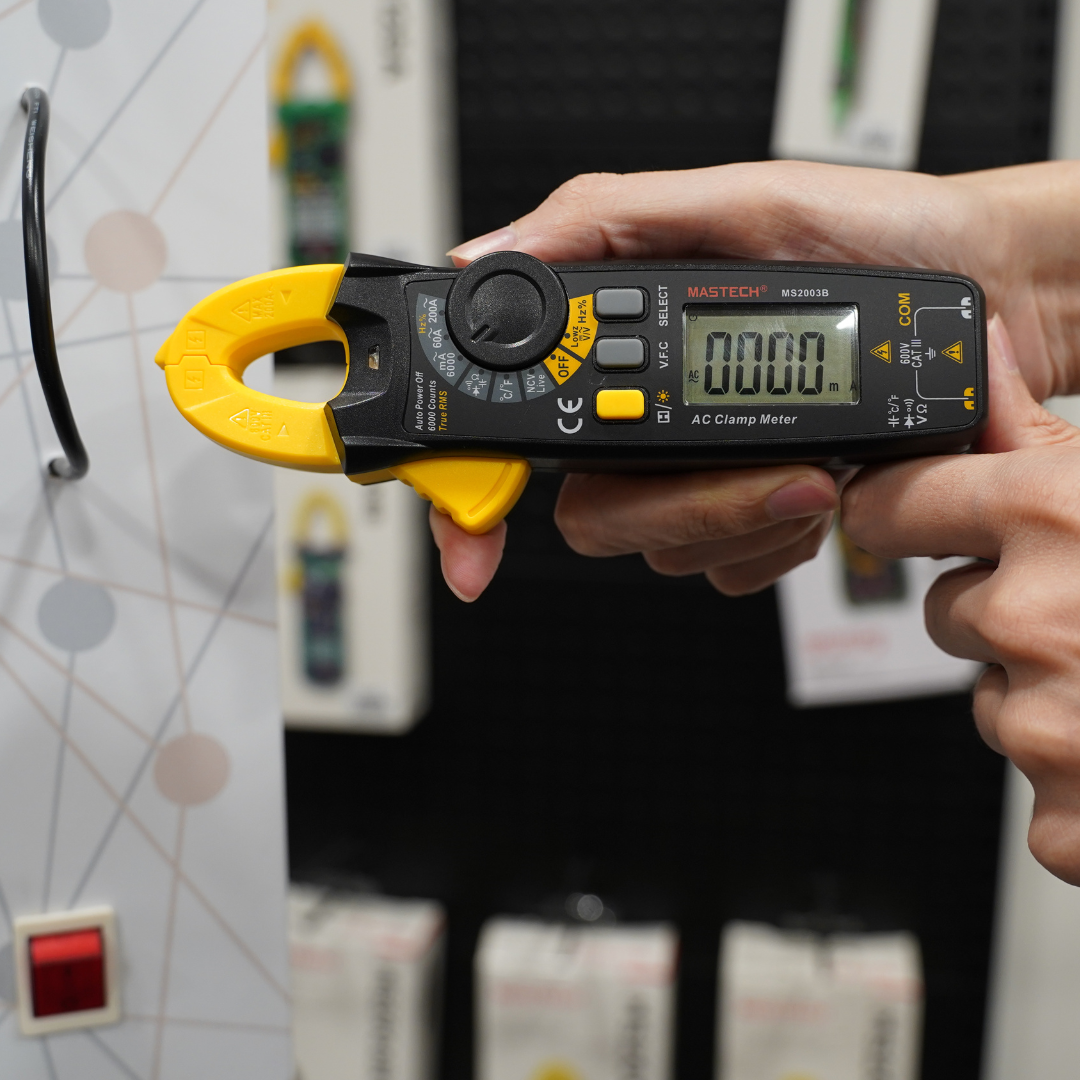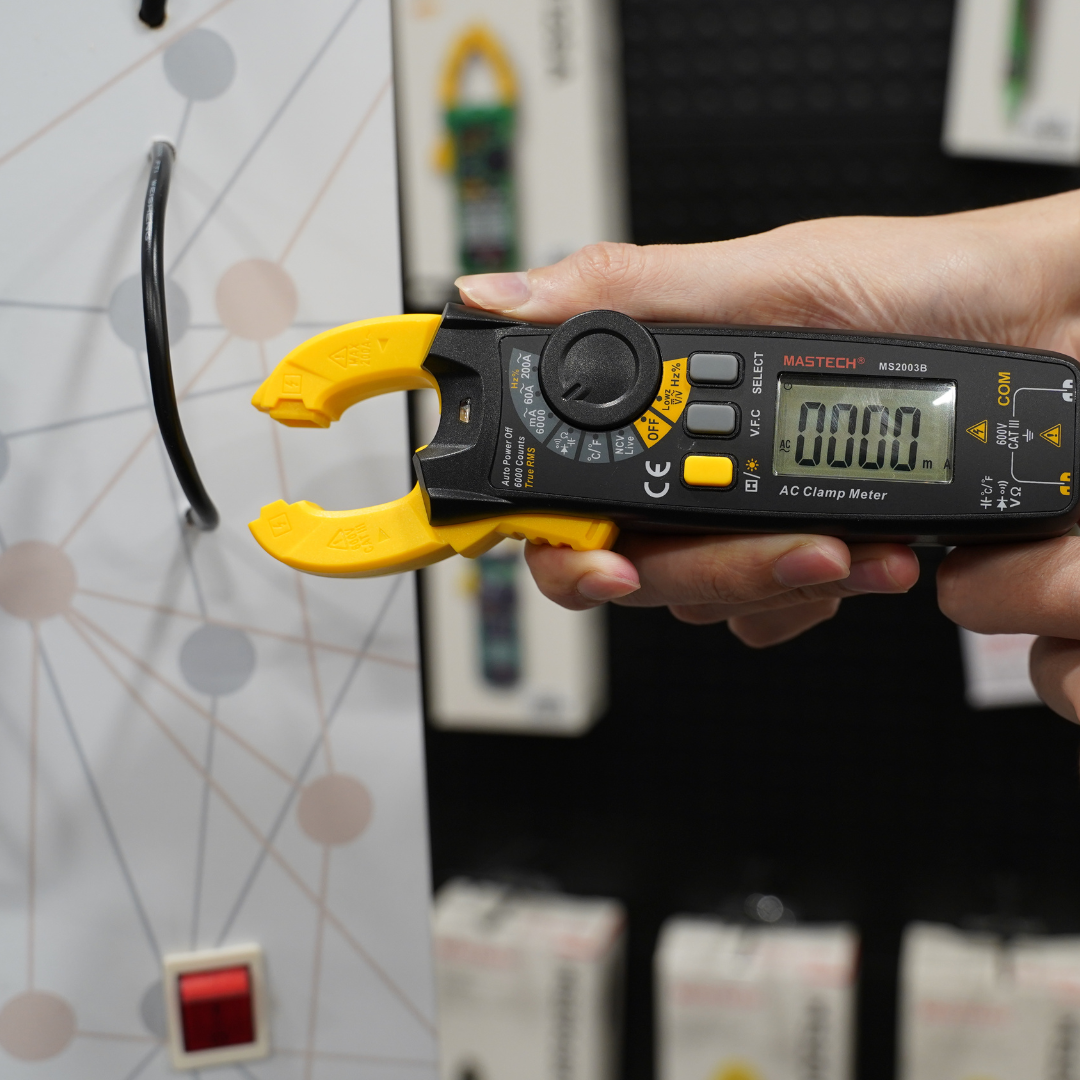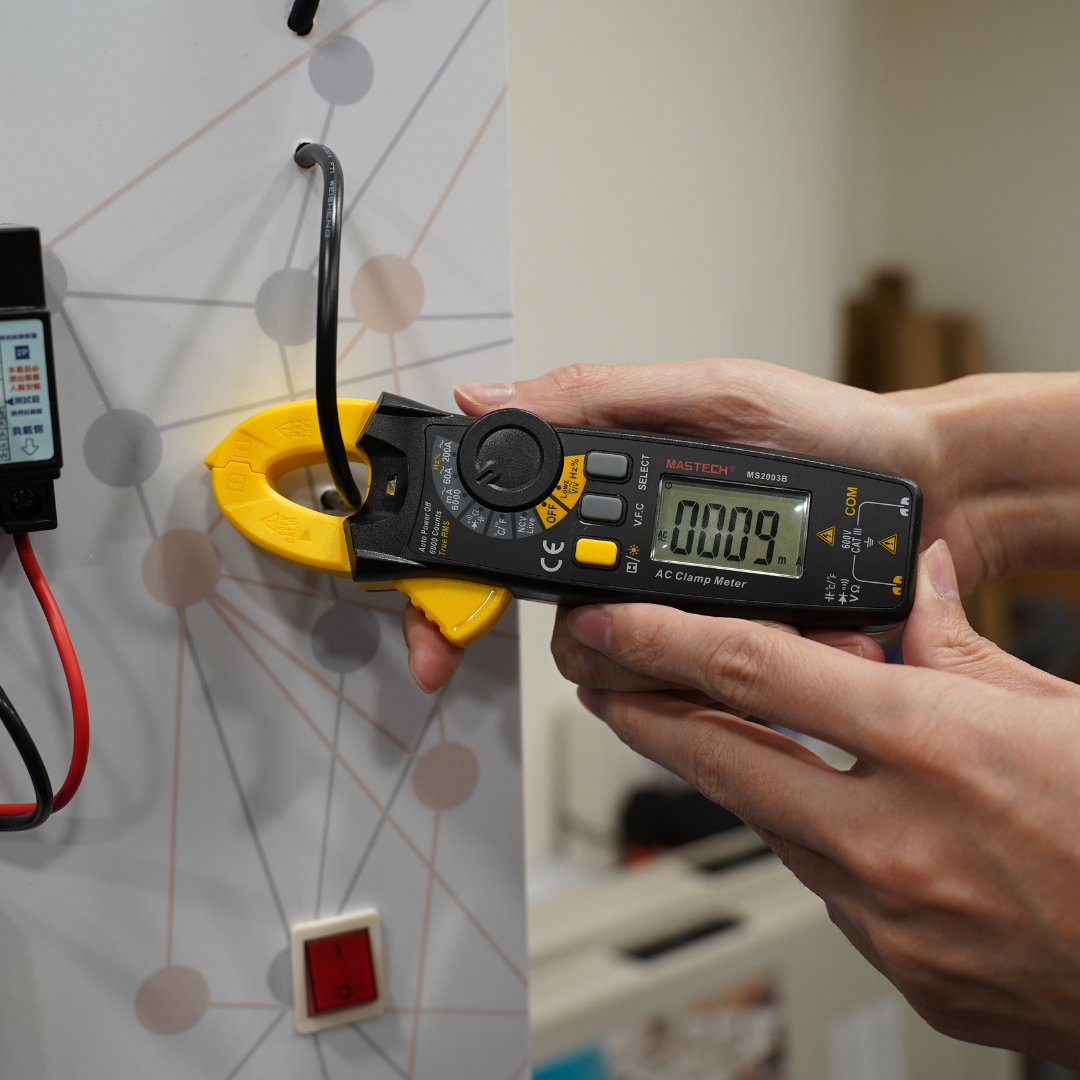Current Leakage: What It Is and How to Check for It
Current Leakage: What It Is and How to Check for It
What is Current Leakage?
Current leakage occurs when an electrical current flows outside its intended path, usually due to insulation breakdown, moisture, or faulty wiring. This can lead to energy waste, potential electric shocks, and even fire hazards in extreme cases. Leakage current is commonly found in appliances, electrical installations, and industrial systems.
Understanding and detecting current leakage is crucial for both safety and efficiency. By identifying and addressing leakage early, you can prevent electrical hazards, reduce energy loss, and ensure compliance with electrical safety standards.


Causes of Current Leakage
There are several common causes of current leakage:
- Insulation Breakdown: Aging or damaged insulation can allow current to escape from the intended conductor.
- Moisture and Contamination: Water, dust, or chemicals can create conductive paths, leading to leakage.
- Faulty or Worn-out Equipment: Defective components in electrical appliances can result in unintended current flow.
- Improper Grounding: A poor grounding system can increase the risk of leakage and electric shocks.
How to Check for Current Leakage Using a Clamp Meter
A clamp meter designed for leakage current detection (such as a high-sensitivity AC clamp meter) is the most effective tool for identifying leakage. Here’s how to use it:
Step 1: Set the clamp meter to the lowest AC current range (usually in milliamps or microamps).


Step 2: Clamp the meter around the live and neutral conductors together (not individual wires). If no leakage is present, the net current should be zero.


Step 3: If the clamp meter shows a reading, this indicates leakage current. A reading above 0.5mA in home appliances or above 3.5mA in industrial equipment may be a concern.


How to Fix Current Leakage
Once leakage is detected, take these steps:
- Identify the Source: Determine which appliance, circuit, or wiring section is causing leakage.
- Repair or Replace Faulty Components: Replace damaged insulation, faulty wiring, or defective appliances.
- Improve Grounding: Ensure proper grounding connections to reduce risks.
- Use Leakage Protection Devices: Installing RCDs or GFCIs can automatically cut off power when leakage is detected.
- Perform Regular Maintenance: Conduct periodic checks to prevent future issues.
Conclusion
Current leakage is a serious electrical issue that can compromise safety and efficiency. Regularly checking for leakage using a clamp meter, insulation tester, or leakage protection device can help identify potential hazards early. By taking preventive measures and ensuring proper grounding, you can protect both your equipment and yourself from electrical risks.
For professionals and DIYers alike, investing in the right testing tools—like MASTECH’s range of digital clamp meters—makes leakage current detection easier and more accurate. Stay safe and keep your electrical systems in check!
2025-03-31

 Mastech CN
Mastech CN Mastech TW
Mastech TW